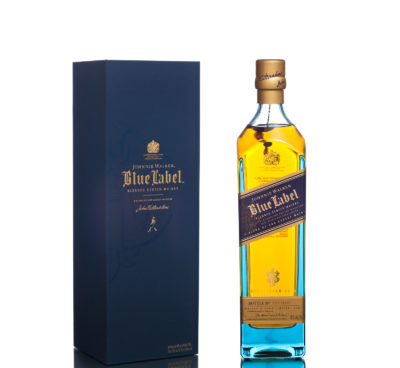
Whiskey Basics: How to Store Whiskey and a Brief Overview of How Whiskey is Made
Posted on: October 4, 2017 |
Ahh, whiskey. Or “whisky,” depending on where you’re from. We sip it in bars, in our homes, at swanky cocktail events—anywhere we can, really. Regardless of the setting, the unique flavors of this oak-aged marvel—whether enjoyed neat, on the rocks or mixed in a classic cocktail—have been delighting palates for centuries. Bourbon, scotch or rye, single-barrel or cask-strength… No matter which kind of whiskey is your favorite, you want the last drop to taste as good as the first, right? Stick around and we’ll tell you how to store whiskey properly. And, we’ll also share a brief overview of how whiskey is made.
How to Store Whiskey
When storing whiskey, store it in a location that’s neither too hot, nor too cold. To maintain the flavors of the whiskey, you’ll also want to avoid extreme fluctuations in temperature.
Your whiskey should be stored in a dark room out of direct sunlight. That’s because light will cause the whiskey to lose some of its distinct flavor, a flavor you paid big bucks for. UV light can also cause your labels to fade over time.
Prevent the corks from drying out by twisting them every month or so. This is especially important if you’ve opened a bottle and don’t intend to drink it right away. However, don’t store the bottle on its side.
If you have any bottles you only pull out for special occasions, consider decanting the whiskey into smaller bottles once it’s half gone. Why? Air can cause your whiskey to oxidize which negatively impacts its flavor. Decanting into smaller bottles means less air comes into contact with your spirits.
How Whiskey Is Made: A Brief Overview
First, a little bit of history. According to Bottleneck Management, the first distillations of modern whiskey is thought to have occurred as early as in 1000 to 2000 AD. While the exact date whiskey was first distilled isn’t clear, the significance of that date is. Whiskey has always been considered valuable. During the American Revolution, whiskey was sometimes exchanged as currency. Today, whiskey is considered to be one of the most popular alcohol beverages.
The method of whiskey distillation has changed very little over the last 200 years. Whiskey is made from three simple ingredients: water, yeast and barley. These simple ingredients are turned into whiskey using a five-stage process: malting, mashing, fermentation, distillation and maturation.
- Malting: In the malting stage the barley is soaked in warm water and spread on the floor of a malting house until the barley starts to shoot. At this point, the barley is now called malt. The malt gets ground down and any debris is removed.
- Mashing: In the mashing phase, the ground malt is added to warm water so the soluble fibers can be extracted. This process can take place three time, resulting in a liquid called ‘wort’.
- Fermentation: In this stage, the wort is moved into wooden or stainless-steel tanks. The fermentation stage normally takes 48 hours. During the fermentation stage, the sugars are turned into alcohol.
- Distillation: The amount of times the wash is distilled depends on where the whiskey is being distilled. Only the alcohol from the middle of the distillation process, is able to be used as the beginning and ending are pungent. The alcohol from the middle of the distillation process, also called the heart, can be matured into whiskey.
- Maturation: Finally, the spirit is matured in oak casks for a minimum of three years.
Do you Need a Place to Store Your Whiskey or Bourbon?
If you do not have a place to store your whiskey, safe from sunlight and fluctuations in temperature, consider utilizing a climate controlled whiskey storage unit at Tri-Village Self Storage. No matter what the weather is like outside, our dark, climate controlled whiskey storage units maintain a constant temperature perfect for storing whiskey and bourbon. Come tour one of our whiskey storage units today!
